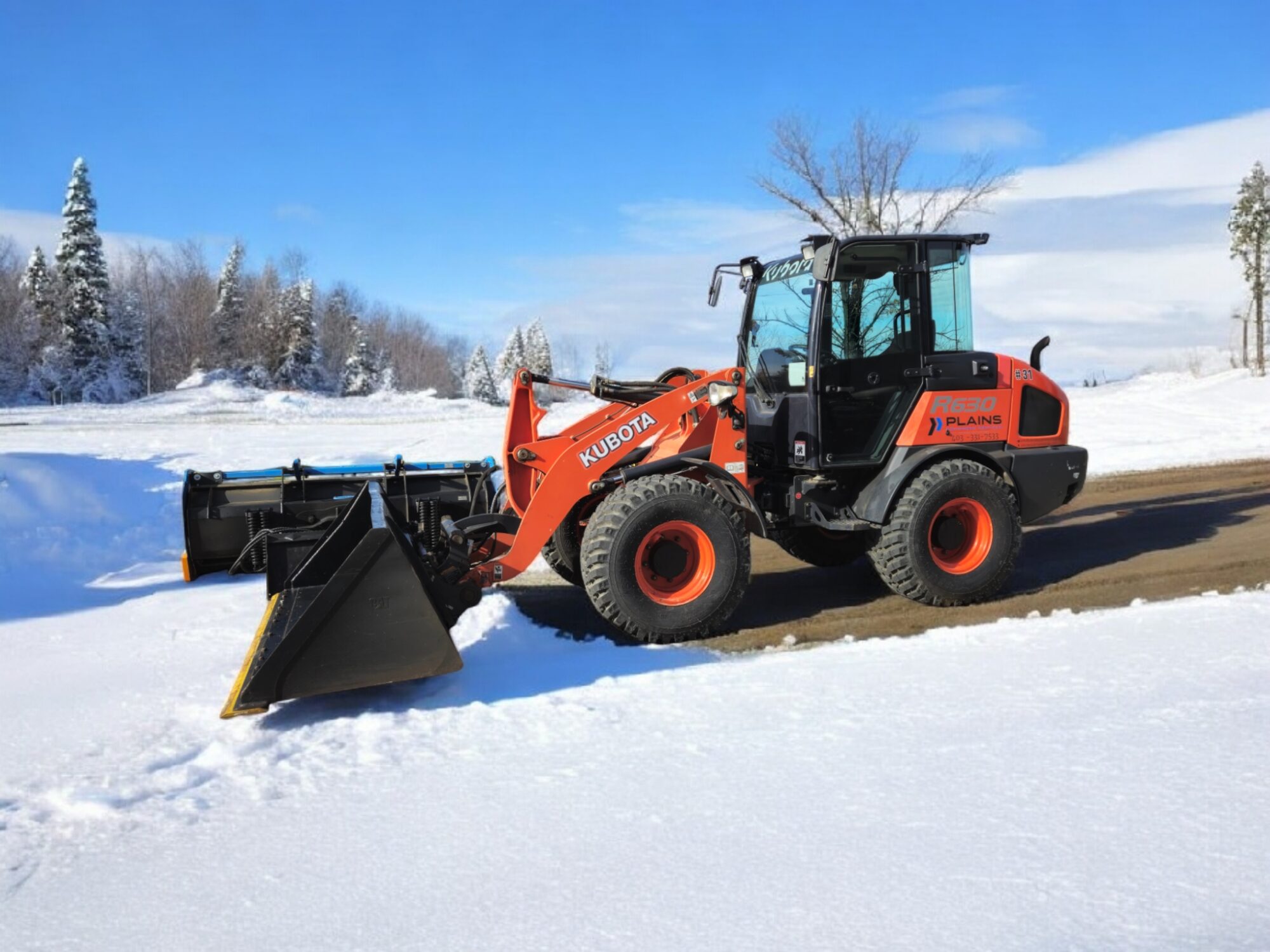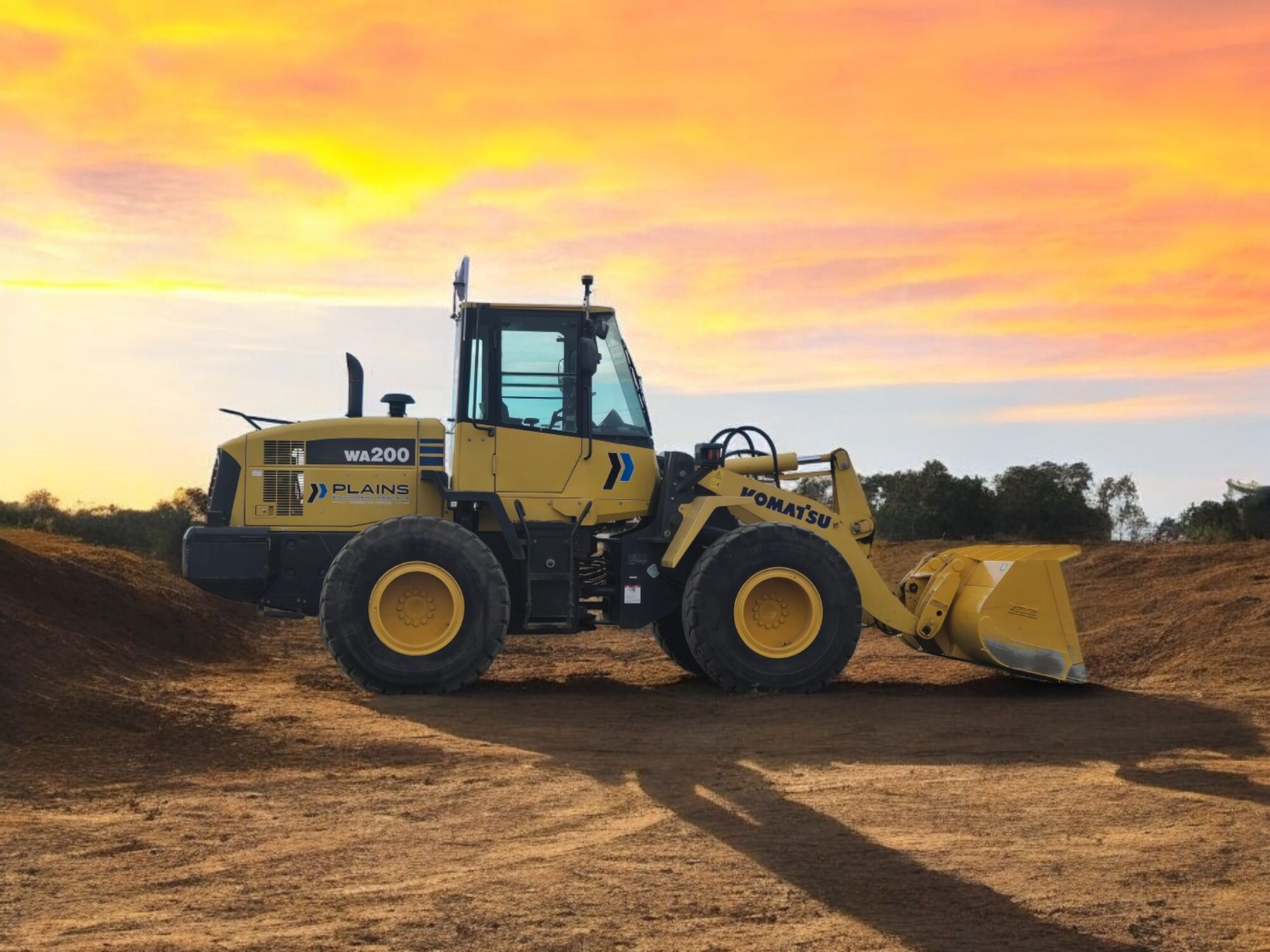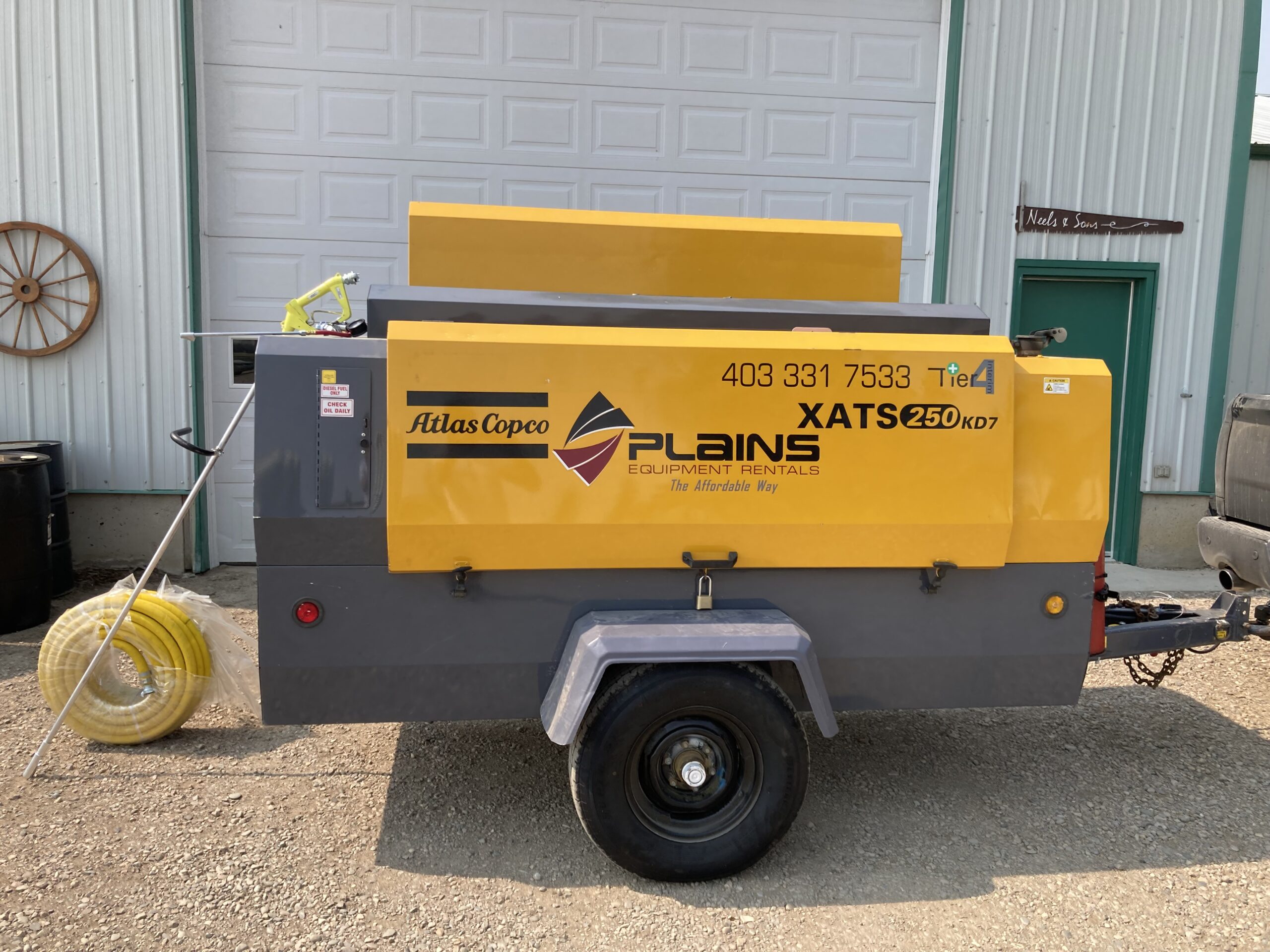Understand equipment specifications, size, and length considerations. Know the year of equipment and its capabilities. Clarify renter responsibilities and insurance coverage. Choose the right rental length and plan for unknown circumstances. Ensure a successful rental experience with these tips.
Heavy Equipment Rental Mistakes to Avoid
Renting heavy equipment can be a cost-effective solution for construction projects and other industrial applications. However, it’s essential to avoid common mistakes that can lead to unnecessary expenses, operational issues, and potential delays. In this blog post, we will discuss some of the most common mistakes to avoid when renting heavy equipment, providing insights and tips to help you make informed decisions and ensure a successful rental experience.
1. Lack of Understanding Equipment Specifications:
Before renting heavy equipment, it’s crucial to have a clear understanding of the equipment you require. This includes knowing the year of manufacture, lifting capacity, operational weight, size, length, lift height, reach, and other relevant factors. Additionally, consider the equipment’s hours of usage, as higher hours may indicate a higher likelihood of failures or breakdowns. Understanding these specifications helps you select the right equipment that meets your project requirements and ensures operational reliability.
2. Size and Length Considerations:
The size and length of the equipment are important for two main reasons. Firstly, for logistics purposes, oversized equipment may require special trailers and permits, resulting in additional costs. Secondly, the job site itself must have sufficient space for the equipment to maneuver comfortably. If the work area is tight or confined, opting for compact machines specifically designed for such applications can be a more practical choice.
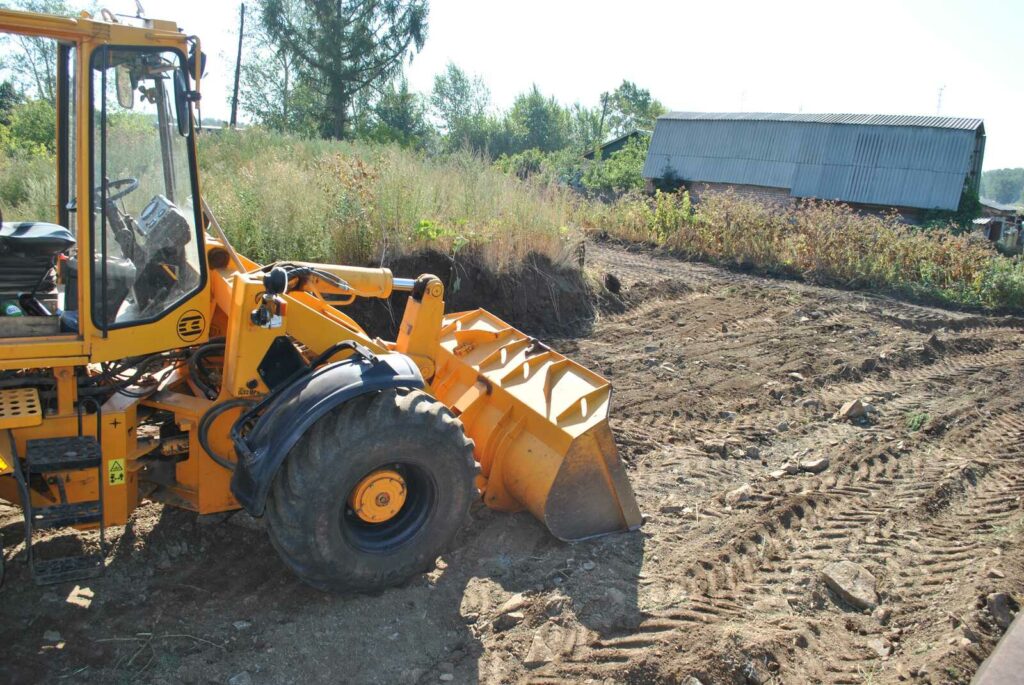
3. Year of Equipment:
Having a clear understanding of the equipment’s year of manufacture and its features is essential. This knowledge helps you set appropriate expectations regarding the equipment’s condition and capabilities. Once the equipment is on-site or under contract, returning it and receiving a full refund becomes challenging. Rental companies incur costs while securing the equipment for your rental and may have turned down other potential customers. Therefore, conducting due diligence beforehand prevents unexpected surprises and ensures a smooth rental process.
4. Equipment Capabilities:
Understanding the capabilities of the equipment you rent is vital. Renting equipment larger than necessary can be costly, as it entails higher fuel costs, delivery expenses, and overall operational expenses. Consult with your rental representative to determine the appropriate size and capabilities of the equipment based on the specific demands of your project. This approach promotes operational efficiency and cost-effectiveness.
5. Renter’s Responsibilities:
Before finalizing the rental agreement, gain a clear understanding of your responsibilities as the renter. Some responsibilities may include light maintenance, such as greasing and fluid checks, as well as pre- and post-operation inspections. Periodic services and wear items, like tire wear and track wear, may also fall under your responsibility. Ensure that these details are clearly outlined in the rental agreement or discussed in post-rental conversations to avoid unexpected costs.
6. Insurance Coverage:
When renting heavy equipment, you typically have two options: either go through the rental company’s insurance protection plan or provide your own insurance coverage. It is crucial to understand what is covered, what isn’t covered, and the associated deductibles. Evaluating your own insurance provider may be a viable option if you are familiar with their coverage and policies. Remember to inform your insurance provider about the rented equipment, providing essential details such as the year, make, model, serial number, market value, and the first loss payee.

7. Choosing the Right Rental Length:
Selecting the appropriate length of the rental contract is essential for cost optimization. Rental rates vary based on the duration of equipment usage, hours required, location, and operation. Having an accurate timeline for how long you need the equipment can help reduce costs. Short-term rentals tend to be more expensive, and extending them multiple times may result in significantly higher expenses compared to securing the equipment for the entire duration upfront. Discuss your project requirements with the rental representative to determine the most cost-effective rental length.
8. Plan for Unknown Circumstances:
It’s prudent to have a buffer or contingency plan for unforeseen circumstances when renting heavy equipment for a more extended period. This allows for flexibility and mitigates the risk of unexpected delays or extensions that might incur additional costs. Consider adding some buffer time to your rental period to account for any unforeseen challenges that may arise during the project.
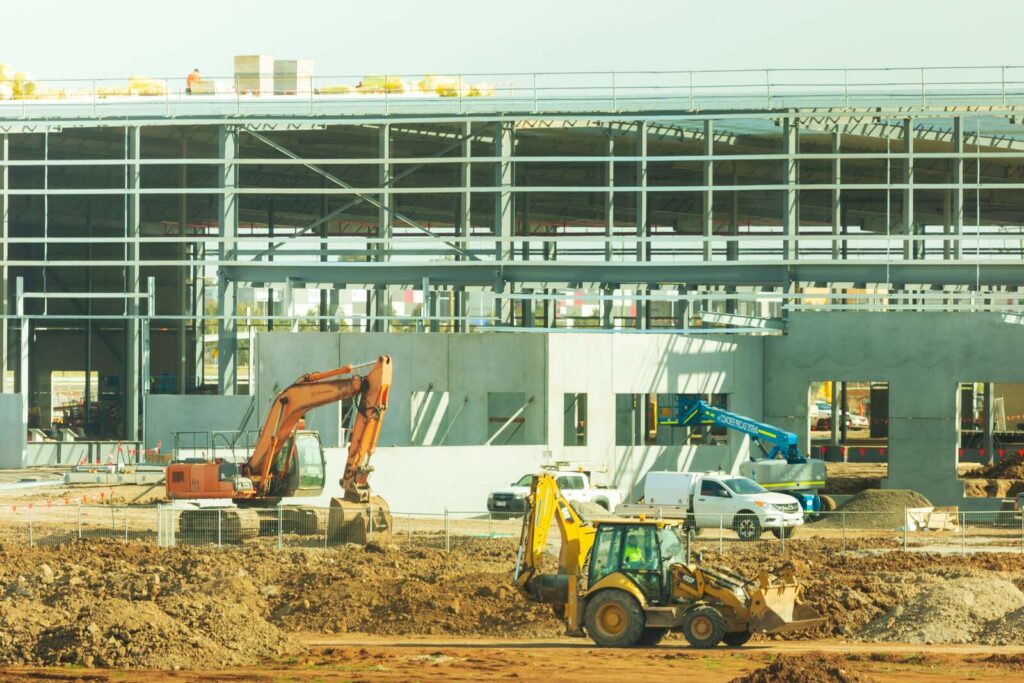
Conclusion:
Renting heavy equipment can be a smart choice for various projects, but it requires careful consideration and attention to detail. By avoiding common mistakes like overlooking equipment specifications, neglecting your responsibilities as the renter, or failing to plan for unforeseen circumstances, you can ensure a smooth rental experience. Engage in thorough discussions with rental representatives, understand insurance coverage, and select the right rental length to optimize costs and successfully complete your project.


